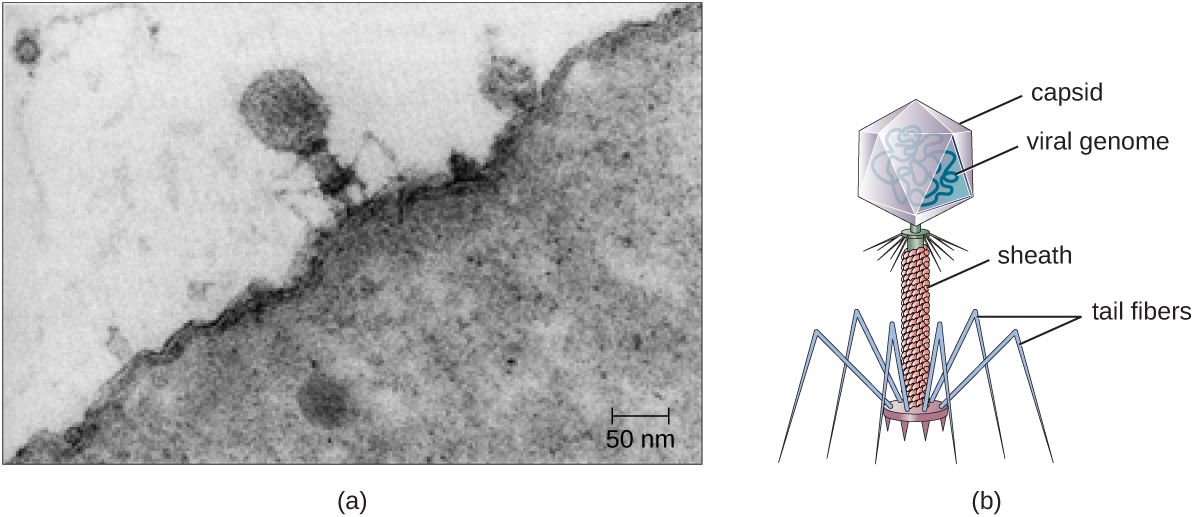
Welcome to Microbiology, an OpenStax resource. This textbook was written to increase student access to high-quality learning materials, maintaining highest standards of academic rigor at little to no cost.
OpenStax is a nonprofit based at Rice University, and it’s our mission to improve student access to education. Our first openly licensed college textbook was published in 2012, and our library has since scaled to over 20 books for college and AP® Courses used by hundreds of thousands of students. Our adaptive learning technology, designed to improve learning outcomes through personalized educational paths, is being piloted in college courses throughout the country. Through our partnerships with philanthropic foundations and our alliance with other educational resource organizations, OpenStax is breaking down the most common barriers to learning and empowering students and instructors to succeed.
Microbiology is licensed under a Creative Commons Attribution 4.0 International (CC BY) license, which means that you can distribute, remix, and build upon the content, as long as you provide attribution to OpenStax and its content contributors.
Because our books are openly licensed, you are free to use the entire book or pick and choose the sections that are most relevant to the needs of your course. Feel free to remix the content by assigning your students certain chapters and sections in your syllabus, in the order that you prefer. You can even provide a direct link in your syllabus to the sections in the web view of your book.
Instructors also have the option of creating a customized version of their OpenStax book. The custom version can be made available to students in low-cost print or digital form through their campus bookstore. Visit your book page on openstax.org for more information.
All OpenStax textbooks undergo a rigorous review process. However, like any professional-grade textbook, errors sometimes occur. Since our books are web-based, we can make updates periodically when deemed pedagogically necessary. If you have a correction to suggest, submit it through the link on your book page on openstax.org. Subject matter experts review all errata suggestions. OpenStax is committed to remaining transparent about all updates, so you will also find a list of past errata changes on your book page on openstax.org.
You can access this textbook for free in web view or PDF through openstax.org, and for a low cost in print.
Microbiology is designed to cover the scope and sequence requirements for the single-semester Microbiology course for non-majors. The book presents the core concepts of microbiology with a focus on applications for careers in allied health. The pedagogical features of Microbiology make the material interesting and accessible to students while maintaining the career-application focus and scientific rigor inherent in the subject matter.
The scope and sequence of Microbiology has been developed and vetted with input from numerous instructors at institutions across the US. It is designed to meet the needs of most microbiology courses for non-majors and allied health students. In addition, we have also considered the needs of institutions that offer microbiology to a mixed audience of science majors and non-majors by frequently integrating topics that may not have obvious clinical relevance, such as environmental and applied microbiology and the history of science.
With these objectives in mind, the content of this textbook has been arranged in a logical progression from fundamental to more advanced concepts. The opening chapters present an overview of the discipline, with individual chapters focusing on microscopy and cellular biology as well as each of the classifications of microorganisms. Students then explore the foundations of microbial biochemistry, metabolism, and genetics, topics that provide a basis for understanding the various means by which we can control and combat microbial growth. Beginning with Chapter 15, the focus turns to microbial pathogenicity, emphasizing how interactions between microbes and the human immune system contribute to human health and disease. The last several chapters of the text provide a survey of medical microbiology, presenting the characteristics of microbial diseases organized by body system.
A brief Table of Contents follows. While we have made every effort to align the Table of Contents with the needs of our audience, we recognize that some instructors may prefer to teach topics in a different order. A particular strength of Microbiology is that instructors can customize the book, adapting it to the approach that works best in their classroom.
Microbiology is produced through a collaborative publishing agreement between OpenStax and the American Society for Microbiology Press. The book has been developed to align to the curriculum guidelines of the American Society for Microbiology.
The American Society for Microbiology is the largest single life science society, composed of over 47,000 scientists and health professionals. ASM's mission is to promote and advance the microbial sciences.
ASM advances the microbial sciences through conferences, publications, certifications, and educational opportunities. It enhances laboratory capacity around the globe through training and resources and provides a network for scientists in academia, industry, and clinical settings. Additionally, ASM promotes a deeper understanding of the microbial sciences to diverse audiences and is committed to offering open-access materials through their new journals, American Academy of Microbiology reports, and textbooks.
PART 1: Concepts and Statements
Evolution
Cell Structure and Function
Metabolic Pathways
Information Flow and Genetics
Microbial Systems
Impact of Microorganisms
PART 2: Competencies and Skills
Scientific Thinking
a. Demonstrate an ability to formulate hypotheses and design experiments based on the scientific method.
b. Analyze and interpret results from a variety of microbiological methods and apply these methods to analogous situations.
a. Use mathematical reasoning and graphing skills to solve problems in microbiology.
a. Effectively communicate fundamental concepts of microbiology in written and oral format.
b. Identify credible scientific sources and interpret and evaluate the information therein.
a. Identify and discuss ethical issues in microbiology.
Microbiology Laboratory Skills
| OpenStax Microbiology Correlation to ASM Curriculum Guidelines | |
|---|---|
| Chapter | ASM Curriculum Guidelines |
| 1—An Invisible World | 2, 4, 5, 11, 16, 20, 23, 26, 27, 31 |
| 2—How We See the Invisible World | 6, 31, 32, 33 |
| 3—The Cell | 1, 2, 5, 9, 16, 21, 25, 31 |
| 4—Prokaryotic Diversity | 2, 4, 8, 11, 12, 16, 20, 23, 24, 31 |
| 5—The Eukaryotes of Microbiology | 2, 4, 5, 9, 12, 20, 23, 31 |
| 6—Acellular Pathogens | 4, 10, 18, 23, 31 |
| 7—Microbial Biochemistry | 1, 24, 33, 34 |
| 8—Microbial Metabolism | 1, 11, 12, 13, 22, 24 |
| 9—Microbial Growth | 12, 13, 29, 31, 33, 34, 35 |
| 10—Biochemistry of the Genome | 1, 16, 25, 31 |
| 11—Mechanisms of Microbial Genetics | 1, 2, 15, 16, 17, 31 |
| 12—Modern Applications of Microbial Genetics | 19, 26, 31 |
| 13—Control of Microbial Growth | 13, 14, 26, 31, 36, 37 |
| 14—Antimicrobial Drugs | 3, 7, 14, 15, 23, 26, 31 |
| 15—Microbial Mechanisms of Pathogenicity | 8, 9, 10, 15, 18, 23, 33 |
| 16—Disease and Epidemiology | 7, 14, 23, 26, 31 |
| 17—Innate Nonspecific Host Defenses | 7, 8, 23 |
| 18—Adaptive Specific Host Defenses | 7, 23, 26, 31 |
| 19—Diseases of the Immune System | 7, 8, 24 |
| 20—Laboratory Analysis of the Immune Response | 31, 34 |
| 21—Skin and Eye Infections | 8, 9, 10, 14, 18, 23, 24, 31 |
| 22—Respiratory System Infections | 7, 8, 9, 14, 18, 23, 24, 31 |
| 23—Urogenital System Infections | 7, 8, 9, 12, 14, 18, 22, 23, 24, 31 |
| 24—Digestive System Infections | 7, 8, 9, 10, 14, 18, 23, 24, 31 |
| 25—Circulatory and Lymphatic System Infections | 7, 8, 9, 14, 23, 31 |
| 26—Nervous System Infections | 7, 8, 9, 14, 18, 23, 24, 31 |
Throughout Microbiology, you will find features that engage students by taking selected topics a step further. Our features include:
Our art program is designed to enhance students’ understanding of concepts through clear and effective illustrations, diagrams, and photographs. Detailed drawings, comprehensive lifecycles, and clear micrographs provide visual reinforcement for concepts.

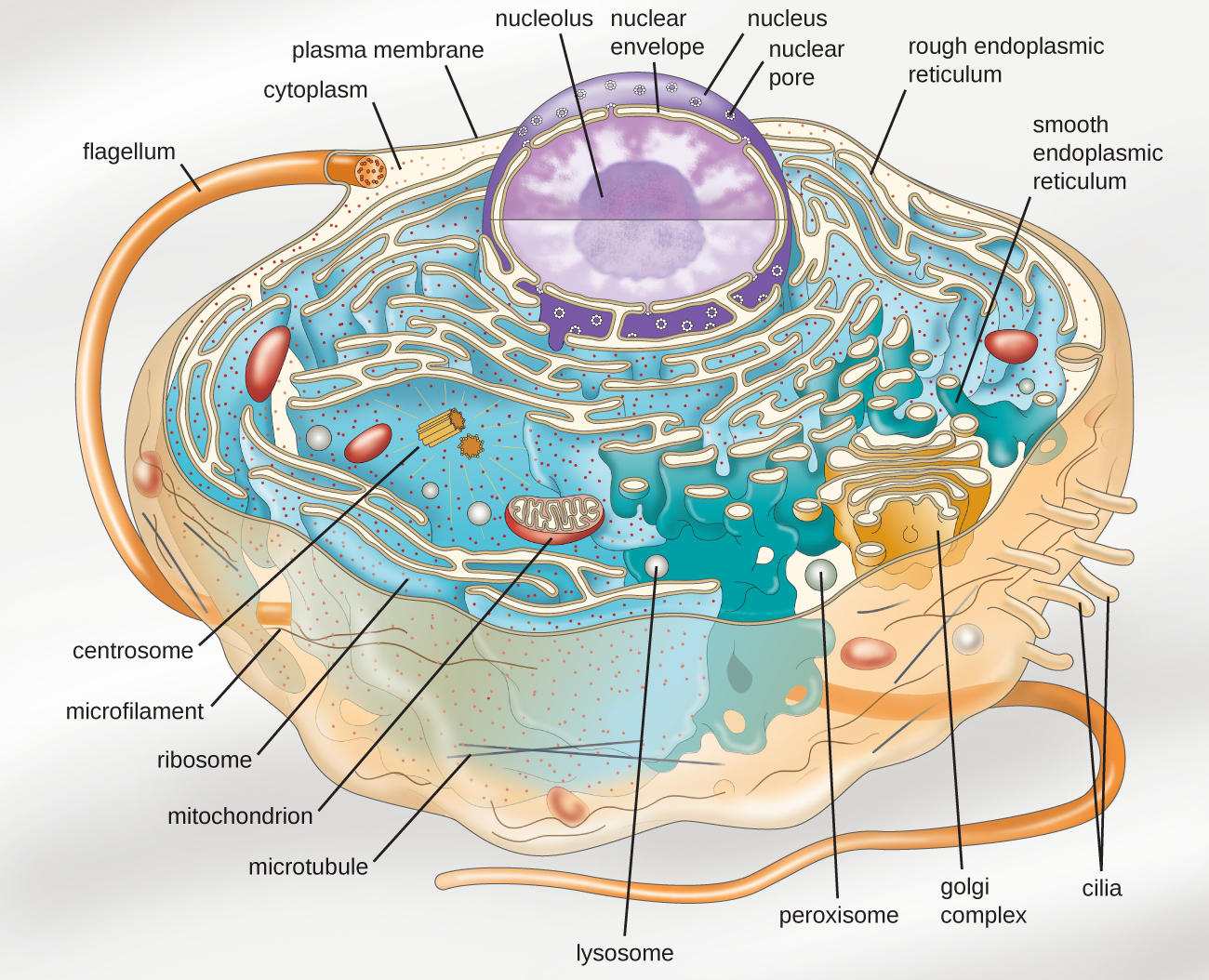
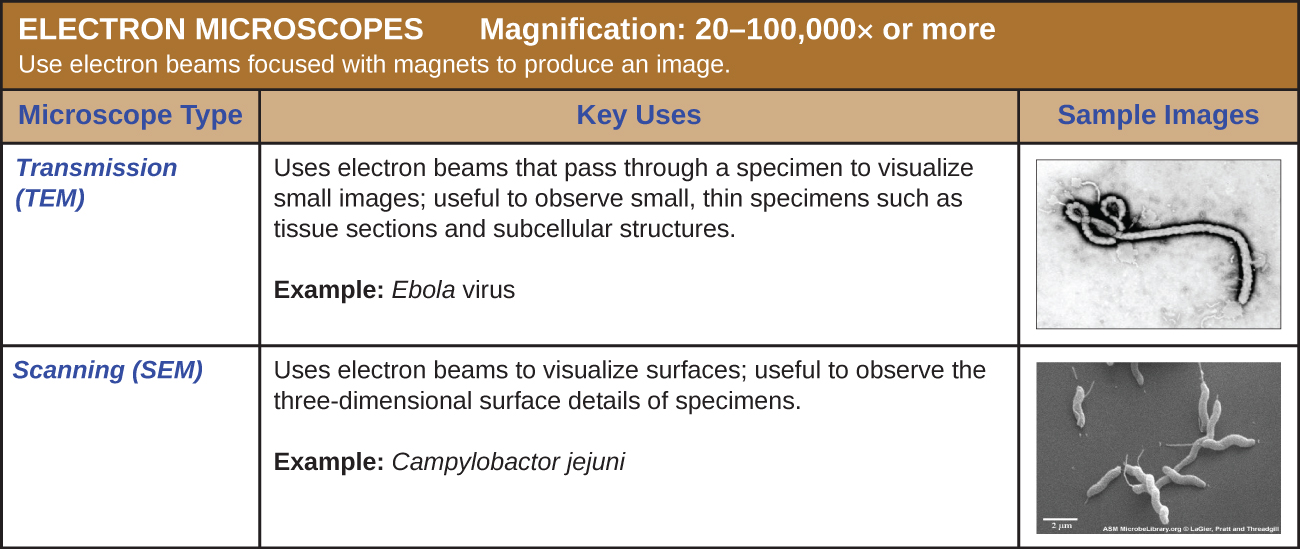
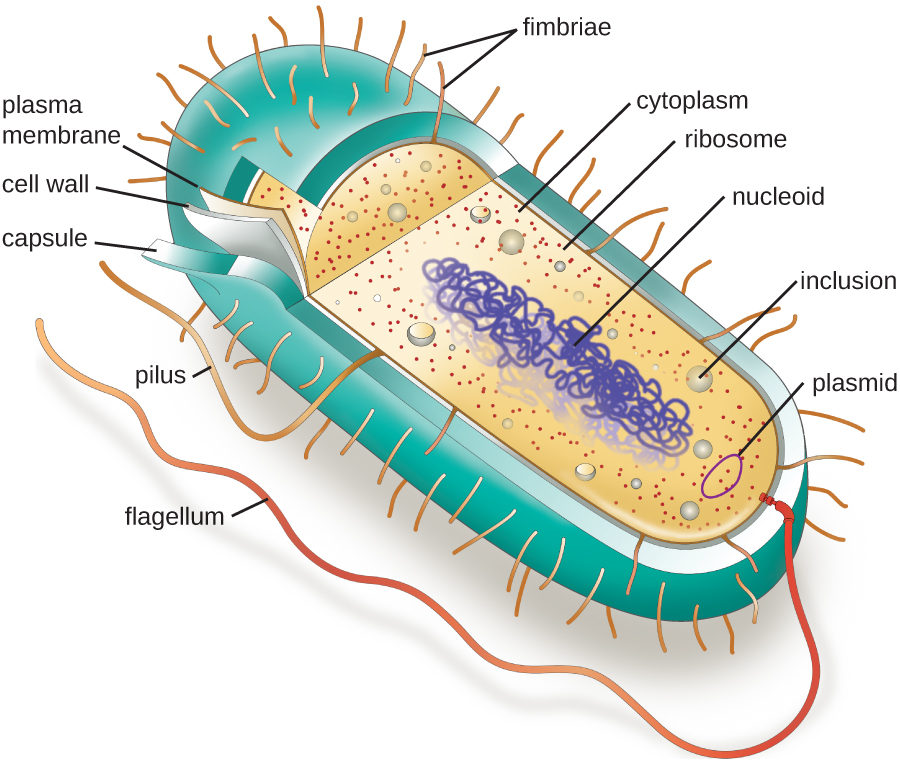
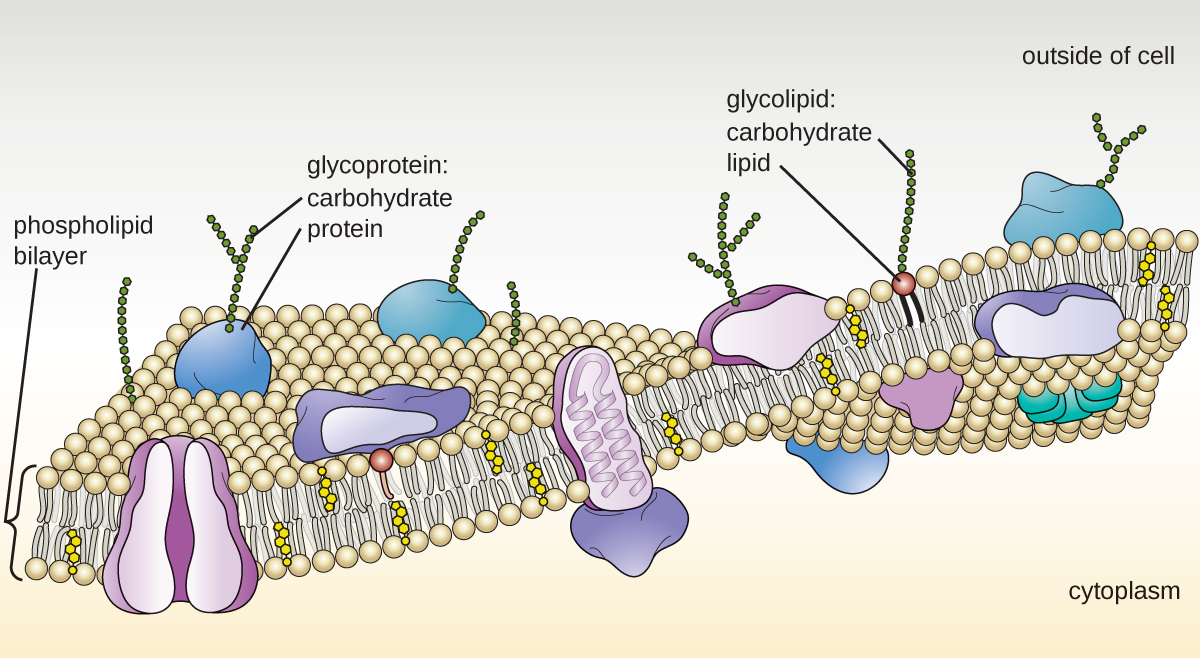
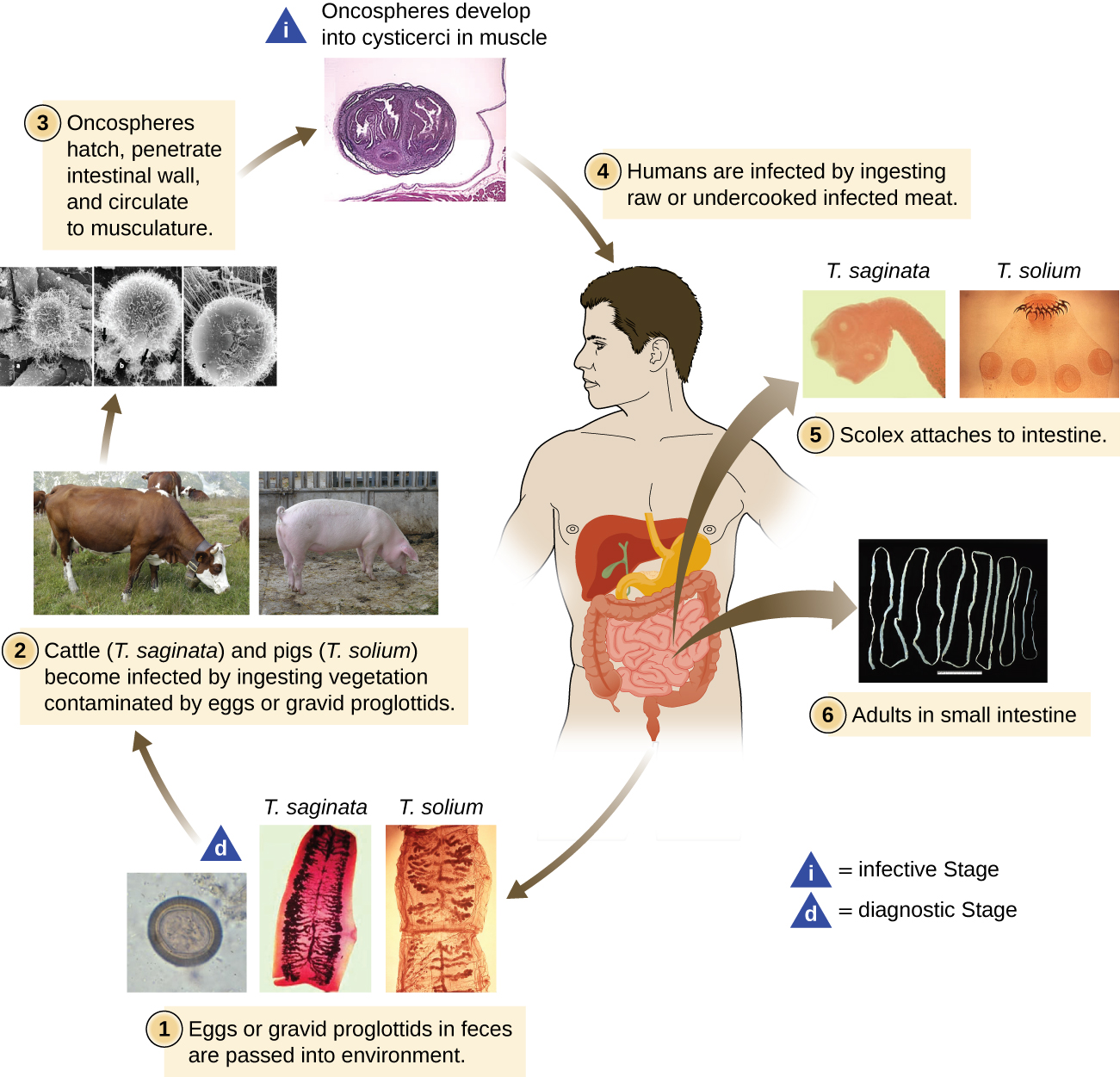
We’ve compiled additional resources for both students and instructors, including Getting Started Guides, a test bank, and an instructor answer guide. Instructor resources require a verified instructor account, which can be requested on your openstax.org log-in. Take advantage of these resources to supplement your OpenStax book.
OpenStax Partners are our allies in the mission to make high-quality learning materials affordable and accessible to students and instructors everywhere. Their tools integrate seamlessly with our OpenStax titles at a low cost. To access the partner resources for your text, visit your book page on openstax.org.
Nina Parker (Content Lead), Shenandoah University* * *
Dr. Nina Parker received her BS and MS from the University of Michigan, and her PhD in Immunology from Ohio University. She joined Shenandoah University's Department of Biology in 1995 and serves as Associate Professor, teaching general microbiology, medical microbiology, immunology, and epidemiology to biology majors and allied health students. Prior to her academic career, Dr. Parker was trained as a Medical Technologist and received ASCP certification, experiences that drive her ongoing passion for training health professionals and those preparing for clinical laboratory work. Her areas of specialization include infectious disease, immunology, microbial pathogenesis, and medical microbiology. Dr. Parker is also deeply interested in the history of medicine and science, and pursues information about diseases often associated with regional epidemics in Virginia.
Mark Schneegurt (Lead Writer), Wichita State University* * *
Dr. Mark A. Schneegurt is a Professor of Biological Sciences at Wichita State University and maintains joint appointments in Curriculum and Instruction and Biomedical Engineering. Dr. Schneegurt holds degrees from Rensselaer Polytechnic Institute and a Ph.D. from Brown University. He was a postdoctoral fellow at Eli Lilly and has taught and researched at Purdue University and the University of Notre Dame. His research focuses on applied and environmental microbiology, resulting in 70+ scientific publications and 150+ presentations.
Anh-Hue Thi Tu (Senior Reviewer), Georgia Southwestern State University* * *
Dr. Anh-Hue Tu (born in Saigon, Vietnam) earned a BS in Chemistry from Baylor University and a PhD in Medical Sciences from Texas A & M Health Science Center. At the University of Alabama–Birmingham, she completed postdoctoral appointments in the areas of transcriptional regulation in Escherichia coli and characterization of virulence factors in Streptococcus pneumoniae and then became a research assistant professor working in the field of mycoplasmology. In 2004, Dr. Tu joined Georgia Southwestern State University where she currently serves as Professor, teaching various biology courses and overseeing undergraduate student research. Her areas of research interest include gene regulation, bacterial genetics, and molecular biology. Dr. Tu's teaching philosophy is to instill in her students the love of science by using critical thinking. As a teacher, she believes it is important to take technical information and express it in a way that is understandable to any student.
Brian M. Forster, Saint Joseph's University* * *
Dr. Brian M. Forster received his BS in Biology from Binghamton University and his PhD in Microbiology from Cornell University. In 2011, he joined the faculty of Saint Joseph’s University. Dr. Forster is the laboratory coordinator for the natural science laboratory-based classes designed for students who are not science majors. He teaches courses in general biology, heredity and evolution, environmental science, and microbiology for students wishing to enter nursing or allied health programs. He has publications in the Journal of Bacteriology, the Journal of Microbiology & Biology Education and Tested Studies for Laboratory Education (ABLE Proceedings).
Philip Lister, Central New Mexico Community College* * *
Dr. Philip Lister earned his BS in Microbiology (1986) from Kansas State University and PhD in Medical Microbiology (1992) from Creighton University. He was a Professor of Medical Microbiology and Immunology at Creighton University (1994-2011), with appointments in the Schools of Medicine and Pharmacy. He also served as Associate Director of the Center for Research in Anti-Infectives and Biotechnology. He has published research articles, reviews, and book chapters related to antimicrobial resistance and pharmacodynamics, and has served as an Editor for the Journal of Antimicrobial Chemotherapy. He is currently serving as Chair of Biology and Biotechnology at Central New Mexico Community College.
Summer Allen, Brown University* * *
Ann Auman, Pacific Lutheran University* * *
Graciela Brelles-Mariño, Universidad Nacional de la Plata* * *
Myriam Alhadeff Feldman, Lake Washington Institute of Technology* * *
Paul Flowers, University of North Carolina–Pembroke* * *
Clifton Franklund, Ferris State University* * *
Ann Paterson, Williams Baptist University* * *
George Pinchuk, Mississippi University for Women* * *
Ben Rowley, University of Central Arkansas* * *
Mark Sutherland, Hendrix College* * *
Michael Angell, Eastern Michigan University* * *
Roberto Anitori, Clark College* * *
James Bader, Case Western Reserve University* * *
Amy Beumer, College of William and Mary* * *
Gilles Bolduc, Massasoit Community College* * *
Susan Bornstein-Forst, Marian University* * *
Nancy Boury, Iowa State University* * *
Jennifer Brigati, Maryville College* * *
Harold Bull, University of Saskatchewan* * *
Evan Burkala, Oklahoma State University* * *
Bernadette Connors, Dominican College* * *
Richard J. Cristiano, Houston Community College–Northwest* * *
AnnMarie DelliPizzi, Dominican College* * *
Elisa M. LaBeau DiMenna, Central New Mexico Community College* * *
Diane Dixon, Southeastern Oklahoma State University* * *
Randy Durren, Longwood University* * *
Elizabeth A. B. Emmert, Salisbury University* * *
Karen Frederick, Marygrove College* * *
Sharon Gusky, Northwestern Connecticut Community College* * *
Deborah V. Harbour, College of Southern Nevada* * *
Randall Harris, William Carey University* * *
Diane Hartman, Baylor University* * *
Angela Hartsock, University of Akron* * *
Nazanin Zarabadi Hebel, Houston Community College* * *
Heather Klenovich, Community College of Alleghany County* * *
Kathleen Lavoie, Plattsburgh State University* * *
Toby Mapes, Blue Ridge Community College* * *
Barry Margulies, Towson University* * *
Kevin M. McCabe, Columbia Gorge Community College* * *
Karin A. Melkonian, Long Island University* * *
Jennifer Metzler, Ball State University* * *
Ellyn R. Mulcahy, Johnson County Community College* * *
Jonas Okeagu, Fayetteville State University* * *
Randall Kevin Pegg, Florida State College–Jacksonville* * *
Judy Penn, Shoreline Community College* * *
Lalitha Ramamoorthy, Marian University* * *
Drew Rholl, North Park University* * *
Hilda Rodriguez, Miami Dade College* * *
Sean Rollins, Fitchburg State University* * *
Sameera Sayeed, University of Pittsburgh* * *
Pramila Sen, Houston Community College* * *
Brian Róbert Shmaefsky, Kingwood College* * *
Janie Sigmon, York Technical College* * *
Denise Signorelli, College of Southern Nevada* * *
Molly Smith, South Georgia State College–Waycross* * *
Paula Steiert, Southwest Baptist University* * *
Robert Sullivan, Fairfield University* * *
Suzanne Wakim, Butte Community College* * *
Anne Weston, Francis Crick Institute* * *
Valencia L. Williams, West Coast University* * *
James Wise, Chowan State University* * *
Virginia Young, Mercer University* * *

You can also download for free at http://cnx.org/contents/e42bd376-624b-4c0f-972f-e0c57998e765@5.3
Attribution: